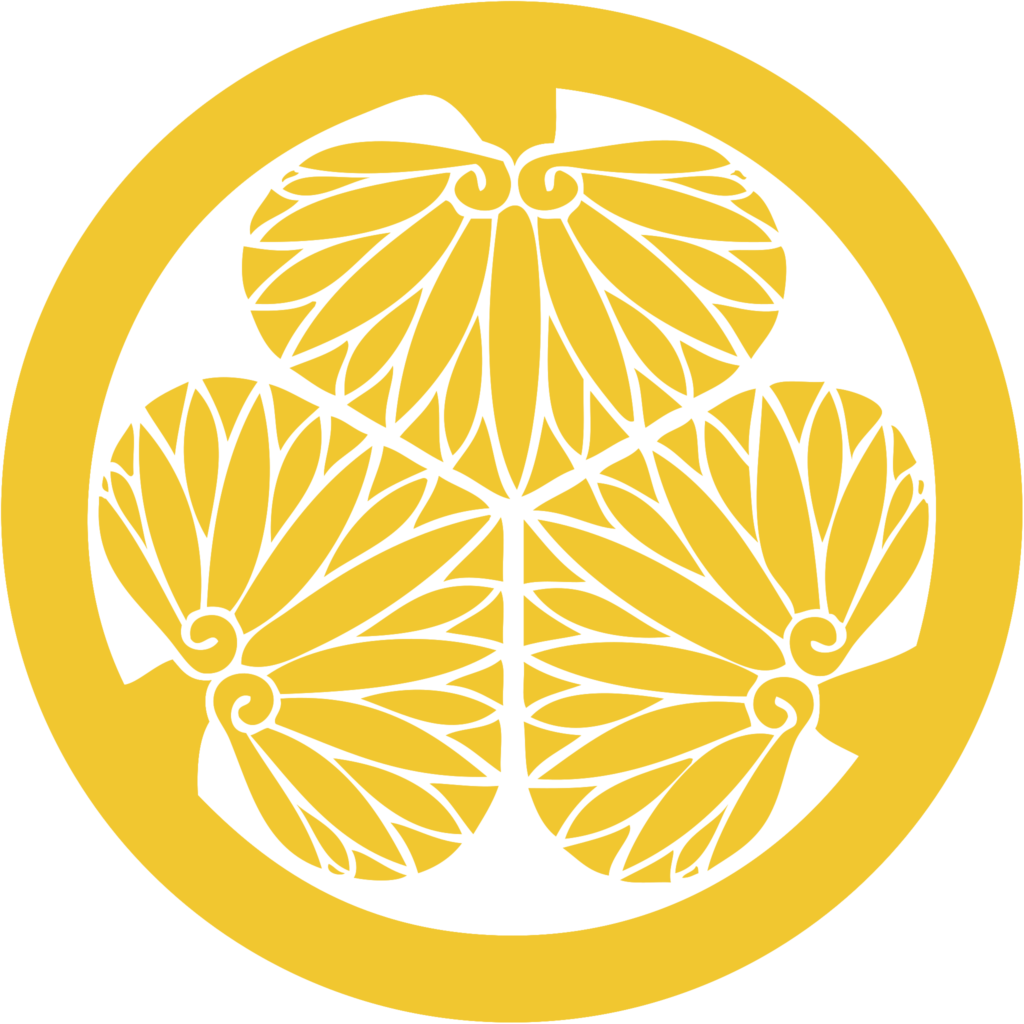By: AJ Witte
The Edict of 1635, also Known as the “Sakoku Edict,” marked a significant turning point in Japan’s relations with the outside world. By ordering the closing of Japan’s borders to foreigners, the Tokugawa Shogunate effectively cut off the country from the rest of the world for over two centuries. While this policy had many negative consequences, there were also many benefits to Japan’s isolationism.

A Picture of the Symbol of the Tokugawa Clan
One of the main benefits of closing Japan’s borders was the preservation of Japanese culture and traditions. During the previous century, Japan had experienced a period of rapid cultural exchange with the European nations, resulting in the introduction of new technologies, ideas, and customs. However, this exchange had also led to significant social and political upheaval, including the spread of Christianity and the rise of powerful daimyos who sought to align themselves with European powers. By closing its borders, Japan was able to maintain its unique cultural identity and avoid the cultural and political disruptions that had plagued it in the past.
Another benefit of Japan’s isolationism was the development of a strong sense of national identity. Without the influence of foreign powers, Japan was able to focus on building a strong centralized government and a cohesive national culture. This process was aided by the fact that Japan had already developed a highly centralized feudal system prior to the Sakoku Edict, which allowed the Shogunate to maintain strict control over the country’s economy and society. As a result, Japan emerged from its isolation period as a unified and cohesive nation, with a strong sense of national pride and identity.
Japan’s isolation also allowed it to develop its own unique economical system. Prior to the Sakoku Edict, Japan had been heavily reliant on trade with European powers, particularly Portugal and Spain. However, this trade had often been conducted on unequal terms, with European powers taking advantage of Japan’s relative weakness to extract favorable trade agreements. By closing its borders, Japan was able to develop a self sufficient economy that relied on domestic production and trade with neighboring countries like China and Korea. This led to the growth of a strong domestic market, which would go on to help fuel Japan’s economic growth in the centuries that followed.
Of course, there were also many negative consequences of Japan’s isolation, including the suppression of individual freedoms, the stagnation of scientific and technological progress, and the loss of valuable cultural and economic exchange with the rest of the world. However, it is important to recognize that the Sakoku Edict was not simply a reactionary policy, but rather a deliberate attempt to shape Japan’s future by preserving its past and building a strong, unified, and self-sufficient nation. In this sense, the benefits of Japan’s isolation cannot be fully understood without considering the broader historical and cultural context in which it occurred.

A Picture of the Modern Japanese Flag
Sources:
“Closing the Country.” In David John Lu. Japan: A Documentary History, 220-228. Armonk, NY: M.E. Sharpe, 1997.